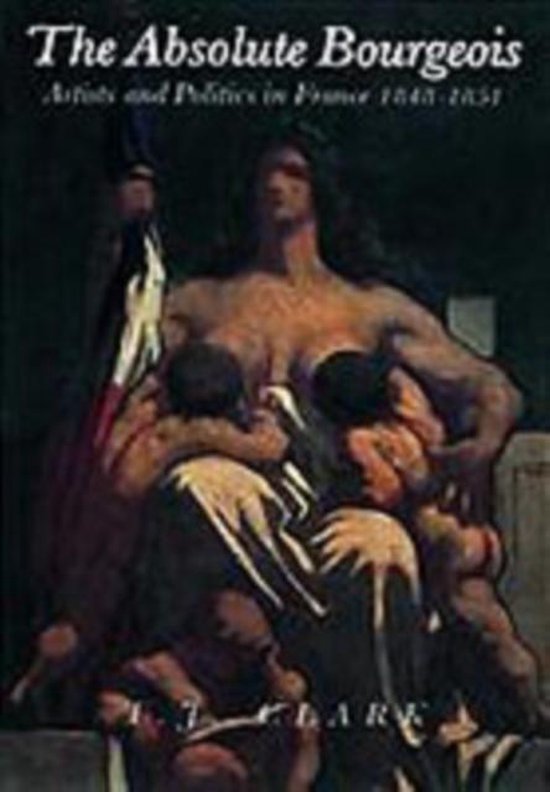

He rejects from the start all ideological overloading, that whole mass of pious images and mechanical references which have finished up by making Courbet into a simple propaganda theme, the classic lecture topic for evening classes at the Université Populaire.

Courbet is treacherous ground precisely because of the openings which he offers to the Marxist critic: Clark traces a confident route through these difficulties, avoiding pitfalls and well-worn paths alike. The more visible the initial continuum, the more legible are the signs of any break from it. The choice of a single guiding thread (the formation of an individual style, an individual painter-Courbet) in fact makes it possible to pick up and amplify the meaning of even the most minute variations in a given work. But I shall confine myself here to Image of the People, footnote 1 since its field is narrower than that of The Absolute Bourgeois, footnote 2 and for that very reason it is all the more conclusive.

Both are important works, especially fascinating for a French reader. E ach of Timothy Clark’s two books merits a separate study.


 0 kommentar(er)
0 kommentar(er)
